Alpine currant - a beautiful and unpretentious shrub in the garden
Many gardeners do not even think about what, for example, currant can be an excellent solution for vertical gardening. There is a certain type of this shrub - alpine currant. The plant is interesting for its dense foliage, tall growth and beautiful scarlet berries. It is used in landscape design, alpine currant hedges look luxurious. There are a great many variations in the use of shrubs. We will deal with the agricultural technology of planting and growing ornamental currants, and also see where it can be planted and what is decorated with this plant.
Content:
- Description of ornamental currant
- Growing conditions
- Planting a plant
- Currant care
- Alpine currant application
Description of ornamental currant
Alpine currants are less common in horticulture due to their rarity. The plant is listed in the Red Book. It grows wild in Central and Southern Europe, the Carpathian Mountains, the European part of Russia, eastern Siberia, the Caucasus and Scandinavia.
Features of the structure of the bush:
- It is a tall shrub, reaching a maximum of 3 m in height and up to 2.5 m in crown diameter.
- The shrub is covered with dense foliage, the branches are directed straight up and, when they reach a certain height, they fall down, forming beautiful arches.
- The leaves are carved, bright green, in autumn the color changes to yellowish or crimson.
- The plant blooms from May for three weeks. The flowers are light green or yellow, collected in bunches.
- Fruit currants when ripe, they have a bright scarlet color, spherical in shape. They do not possess any taste and are valued only for their decorative appearance. Berries appear in the fifth year of life.
The plant is unpretentious and can grow on any soil. It can be found in the wild along rivers, on rocky soils, at the edges of a mixed forest. Currants grow singly or in several bushes in one place. In gardens, it is often used as hedges.
Growing conditions
Alpine currant can grow on any soil. But, like any ornamental plant, it will grow better on fertile land. Currant prefers slightly acidic or alkaline soil. Consider this nuance when landing. The best direction for this currant is the southern one.
The plant loves sun and open spaces.
If you plan to grow hedge, take care not to be surrounded by other ornamental shrubs or flowers. Root system alpine currant is quite powerful and branched. Therefore, it will take a large amount of nutrients from the ground, which other crops will not like. Currants can be grown as a tapeworm or in groups of several plants. Alpine currants are best planted in the background lawn along curbs or fence. The main thing is to provide the shrub with space and sun.
Planting a plant
The shrub is best planted in the fall. So it adapts better and starts growing in early spring. For planting, the soil is prepared in advance. A hole is dug under the seedling, at the bottom of which a layer of soil enriched mineral and organic fertilizers.
At the bottom of the hole, a bump of earth is poured and a seedling is lowered onto it. The roots are straightened and sprinkled gently. The neck should not go deep, it remains above ground level at a distance of 1 cm. If a group planting is planned, then the distance between the seedlings should be at least 2 m. The plant grows strongly.
You can propagate alpine currants seeds, cuttings, layering and dividing the bush.
One of the most common planting methods is by cuttings. They are purchased in garden centers. The seeds are obtained from an adult plant at the age of 3-4 years. It is more convenient to purchase cuttings and grow currants from them.
Currant care
The plant is unpretentious and gets along well in almost any area with the exception of very wetlands. The care includes standard procedures - watering, weeding, fertilizing and pruning.
- At first, immediately after planting, the plant is watered a couple of times a week. As a rule, adult currants are rarely watered. The plant does not need abundant watering - once a week or two is enough. Currant does not tolerate waterlogged soil. It will perfectly survive drought and frost, but dampness will lead to decay of the root system.
- Land around a young seedling in the first year is desirable mulch cut grass.
- Weeding is imperative, otherwise the plant can "pick up" diseases and pests from weeds.
- As for fertilizers, they need to be applied at the very beginning of the growing season. Use organic fertilizers and mineral... One feeding will be enough. Currants are very responsive even to the slightest attention from the gardener. Therefore, basic grooming procedures will contribute to the lush and rapid growth of the shrub. The plant will surely thank the gardener with a beautiful crown.
- In the spring, the currants are cut. Remove dead shoots and unnecessary branches. In summer, shapes can be formed from the crown of the shrub, the plant tolerates deep pruning and shaping well.
For this reason, they love to use alpine currants in landscape design - they are unpretentious, luxurious, and tolerate pruning well.
Alpine currant application
The shrub is grown as an ornamental plant for vertical gardening. With its help, beautiful, lush green hedges are created. There are dwarf alpine currant varieties that are planted along curbs or used as edging for flower beds with tall plants. Dwarf varieties - "Aurea" and "Pumila". Alpine currants go well with herbs in rock gardens.
Often a shrub is planted with a tapeworm and, as it grows, form a figure out of it, which flaunts against the background of the lawn.
This option is suitable for large gardens or parks. For these purposes, the "Schmidt" variety is used. Alpine currant will become one of the gardener's favorite ornamental shrubs. It is unpretentious and pleases with a lush crown, against the background of which scarlet berries flaunt until the frost.
More information can be found in the video:



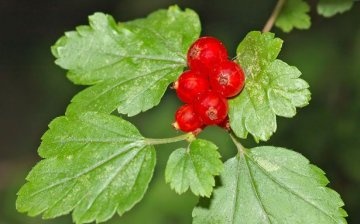
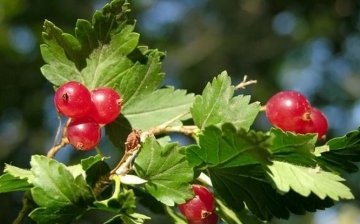
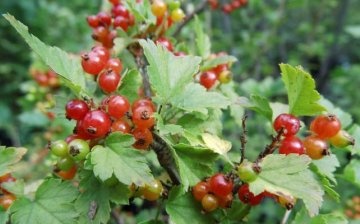
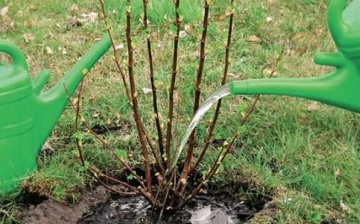
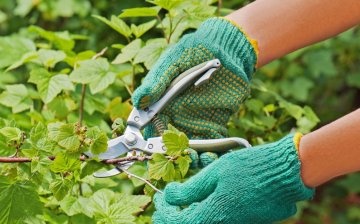
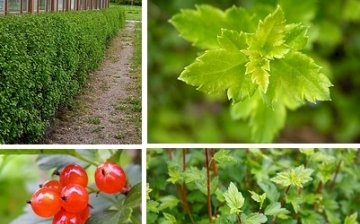






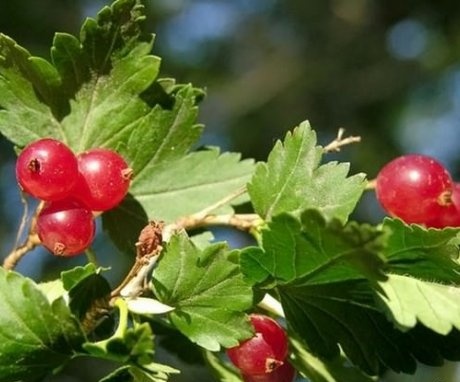

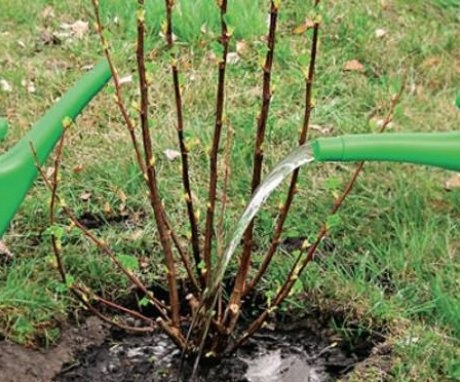
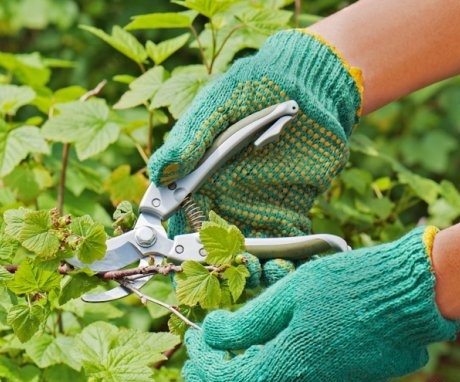
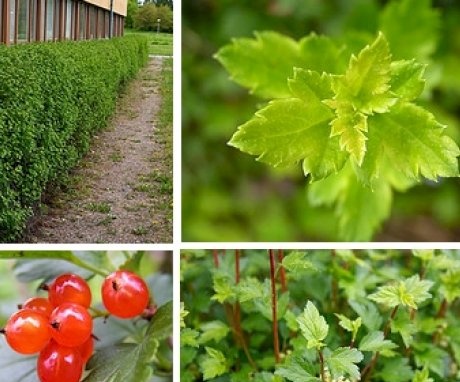
Currants make delicious jam, I myself have already been convinced of this more than once. The use of currants helps the body to restore strength and gain the necessary vitamins, the compote turns out to be just as tasty.